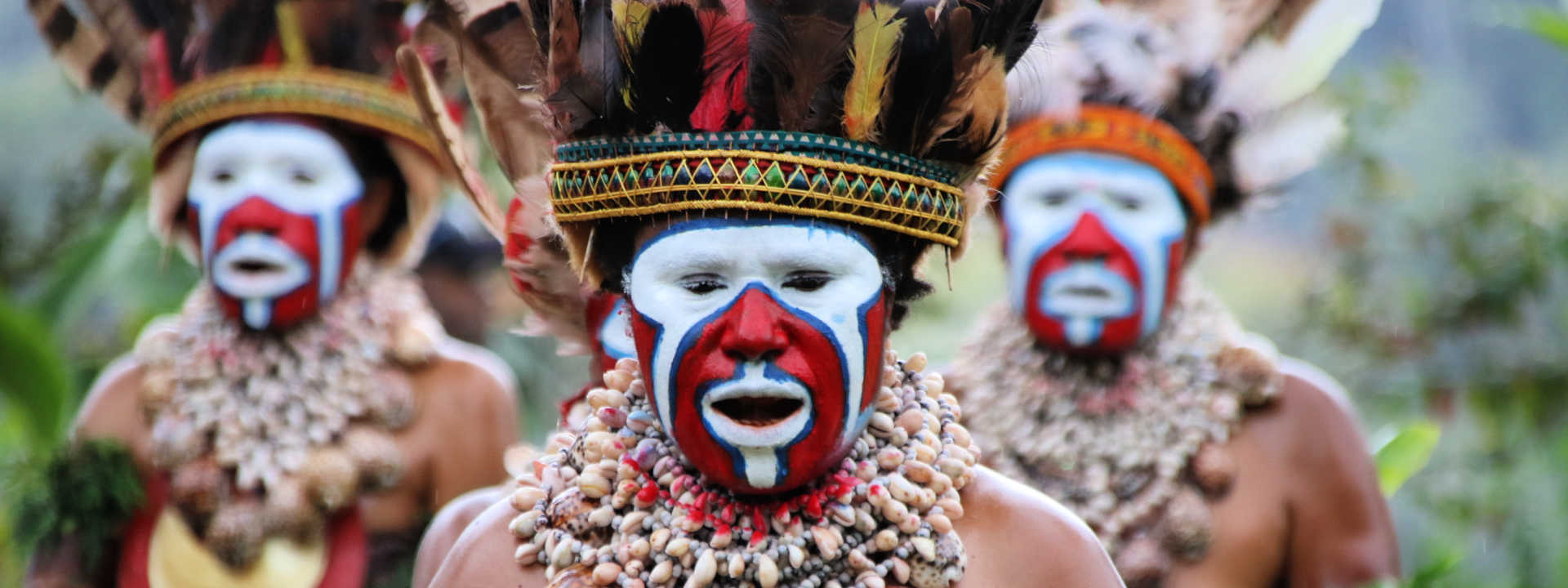
Choosing where to travel can often be a bewildering (although very enjoyable!) exercise – determined by a wish list, when you’re free to travel, or where seems best to go at a particular time of year. With over eighty destinations on offer, we thought we’d make this just a little bit easier…..
Our When & Where to Go in 2026 guide is designed to help you plan your travels throughout the year and even into 2027. Discover where the road less travelled might take you next.
January

Ghana, Togo & Benin
January brings one of West Africa’s most remarkable cultural events, the Ouidah Voodoo festival in Benin. This is the perfect time to experience the region’s spellbinding traditions up close, while the dry season provides glorious weather for exploring villages and witnessing ceremonies across Ghana, Togo, as well as Benin. These are three of the least-visited yet most fascinating countries on the globe.
Vodoun, or voodoo, is the official religion of Benin and parts of Togo, where spirits and deities are worshipped in ancient rituals still performed today by devotees and priests. The main festival unfolds on Ouidah’s beach, but smaller, more intimate celebrations take place in nearby villages. We take time to explore both, experiencing the best of both worlds.
Our Ouidah Voodoo Festival tour travels through three countries, each with different traditions and practices. From the colourful funeral celebrations of the Ashanti people in Ghana, to the elaborate fortress houses of the Tamberma people in Togo and Benin, we uncover the very best of this part of West Africa.
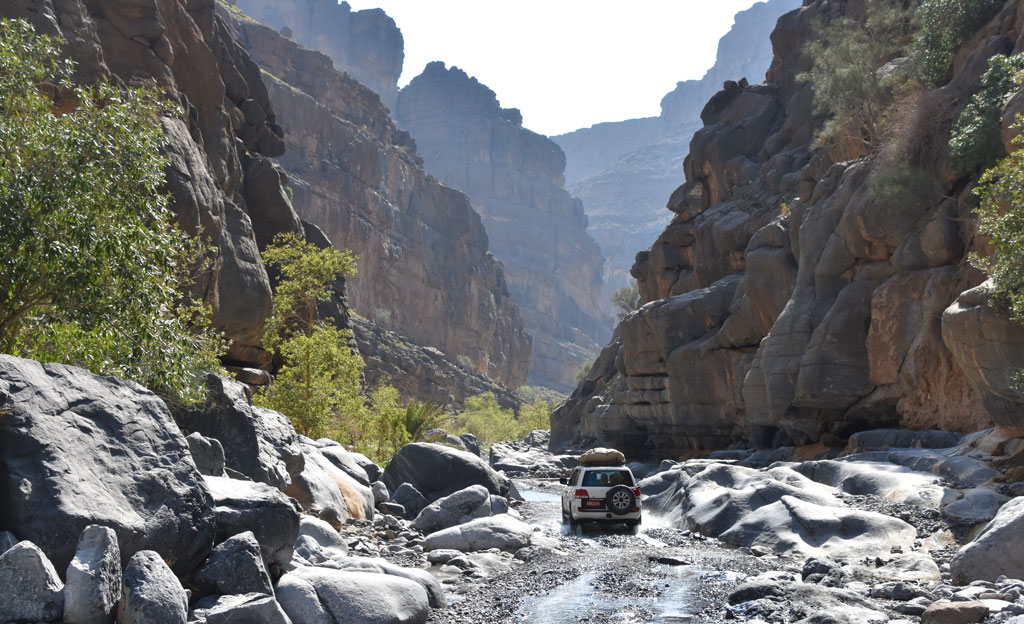
Oman
January is one of the best times to visit Oman, with more comfortable temperatures making it a better option than the often unbearable heat of summer. With daytime temperatures averaging between 20–25°C, it’s ideal for outdoor activities like hiking in the Hajar Mountains, swimming in wadis, or camping in the vast Wahiba Sands, a vast expanse of undulating dunes.
Beyond its stunning landscapes, Oman is steeped in history and culture. Towns like Nizwa with its iconic mosque, the mud brick villages of Jebel Shams, and simple fishing villages dotted along the coast, give a glimpse into a complex and fascinating past. Oman balances modernity and tradition with perfection. World-class infrastructure makes travel here a joy, while Omanis proudly maintain their heritage and customs, including traditional dress.
Check out our popular Oman – Arabian Desert Explorer, taking you to well-known highlights and rarely-visited corners. And your adventure doesn’t have to stop there, with extensions to both Bahrain and Qatar possible, giving a comprehensive insight into the wider region.
February
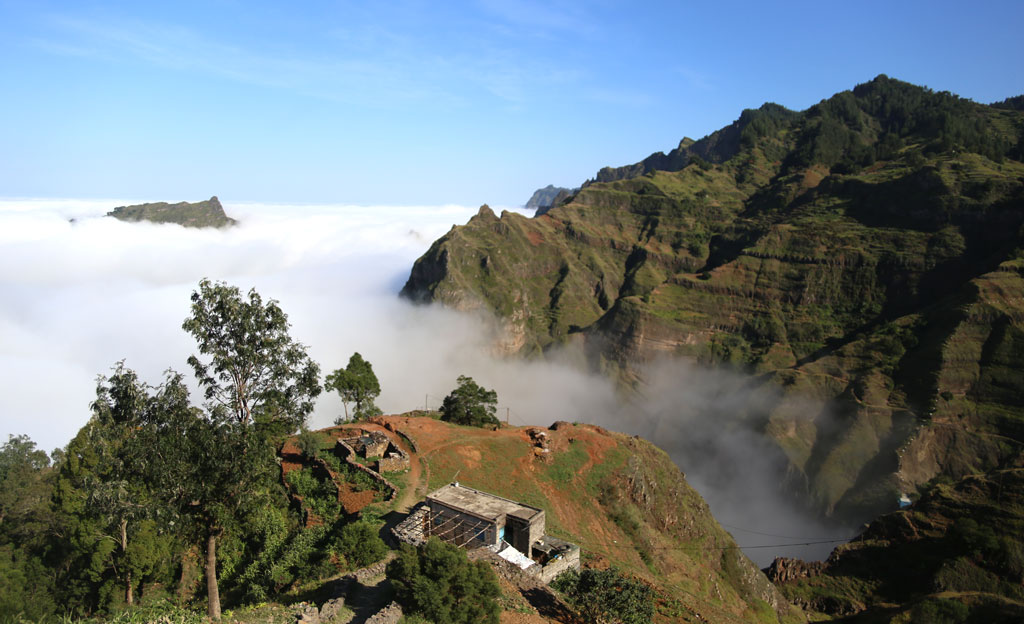
Cape Verde
February is carnival season in Cape Verde, a time when this Atlantic archipelago bursts into colour and music. With warm and pleasant temperatures around 22 °C and clear skies, it’s the perfect month to explore the islands’ hiking trails, beaches, and cultural fusion of African and Portuguese heritage.
Our Cape Verde Explorer tour includes a trip up Pico da Cruz, a lush green mountain that rewards visitors with breathtaking views of the surrounding landscapes and nearby islands. The milder temperatures in February make this experience even more enjoyable. Easily reached via Portugal, Cape Verde is a short hop from Europe’s winter and a delightful introduction to relaxed island life, intertwining Portuguese and West African influences.
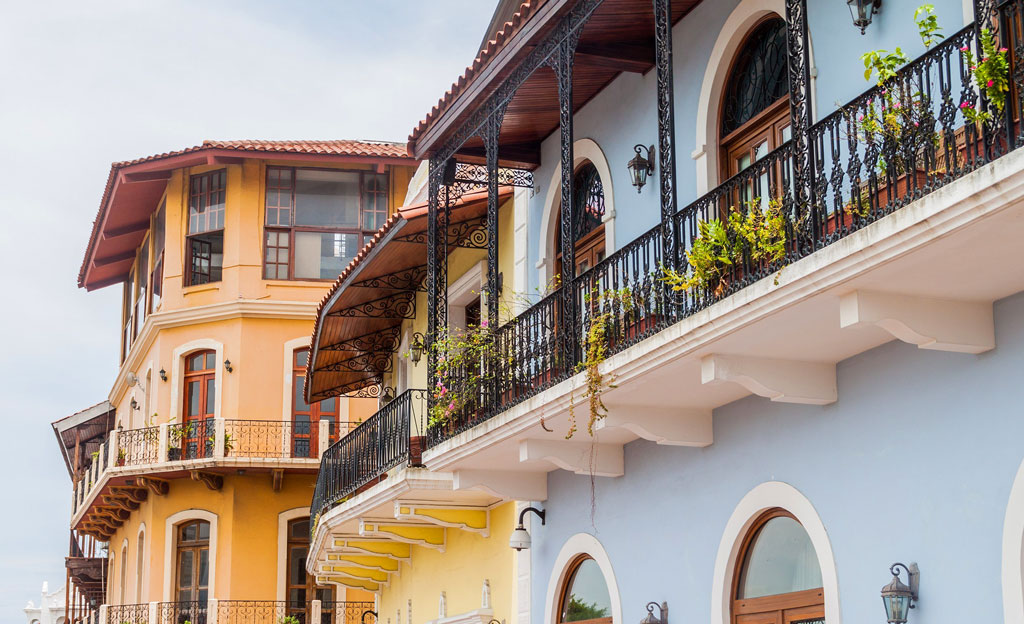
Panama
With the rainy season coming to an end just a month or so before, the verdant landscapes here are at their finest in February, and Panama shows itself at its best. It’s also carnival time in here, so a great time to immerse yourself in the vibrancy of this little-visited corner of Central America.
Morning hikes in the cloud forest of La Amistad, exploring historic towns, and observing diverse wildlife are just a few of the highlights on our group tours here. See Panama – From Cloud Forests to the Caribbean. With other popular destinations being on Panama’s doorstep, it can easily be paired with trips to other Central and South American countries.
March
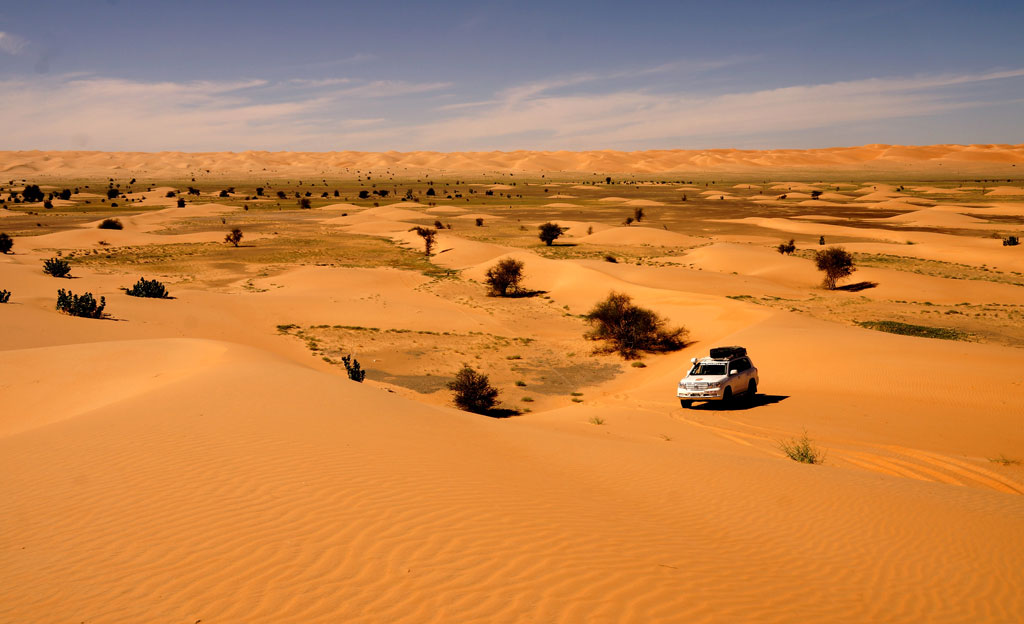
Morocco & Western Sahara
March is one of the most rewarding times to visit this part of North Africa. While Morocco can get extremely busy at certain times of year, March falls outside of the peak tourist season, and key destinations like Marrakech and Agadir are far less busy. If you’re heading south into the disputed desert territory of Western Sahara, you avoid the searing heat of summer or the often bitter cold of the winter mornings.
Morocco is a firm tourist favourite, but head south of the Atlas Mountains and into the smaller rural settlements, and you find a world that has retained much of its age-old traditions. Discover oases and kasbahs, ancient rock art and fortified granaries, and meet the Reguibat nomads following their ancient nomadic customs, travelling with their camels through the sands of the desert – a chance to view the past in real time.
We visit Morocco and Western Sahara either on their own, or as part of longer trips covering travelling south into West Africa on our Marrakech to Bissau and Marrakech to Cotonou tours.
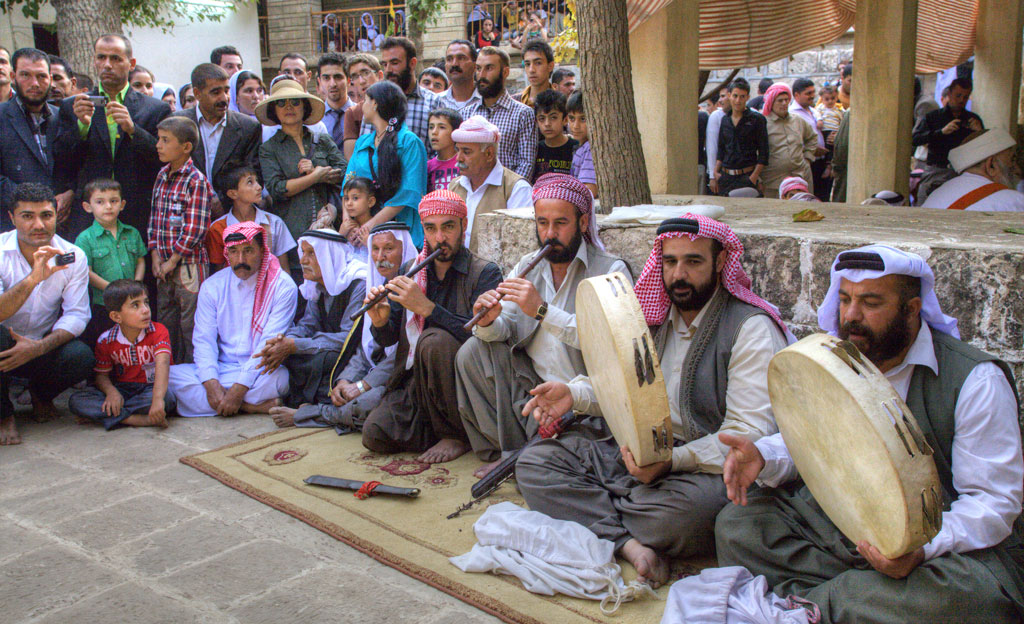
Iraq
Off limits for a very long time, security in southern Iraq has improved to such an extent that we’ve just launched a new group tour to complement our existing trip in Kurdistan – see From Babylon to Kurdistan. With the mountain climate of Kurdistan and the desert environment of southern Iraq, March is an optimal time to combine both.
The south offers historic sites in abundance, from the ancient cities of Ur and Babylon to the holy Shia shrines of Karbala and Najaf. The cooler temperatures make exploration of these, as well as the vibrant bazaars and colourful souqs, a far more enjoyable experience than in summer. This is where some of the earliest civilizations emerged, giving the world innovations like the wheel, writing, and mathematics.
In the northern region of Kurdistan, the mountain routes become accessible again, and the spring flowers start to blossom. Uncover the proud culture of the Kurdish people, visit the sacred sites of the Yazidi people and discover Biblical sites and ancient monasteries.
Iraq has been a travel secret in recent years, but it won’t be long before more people start to discover this fascinating country.
April

Uzbekistan
Uzbekistan in April is full of colour, mainly thanks to the blossoms of apricot, almond and cherry trees. The valleys and cities are bright with the colours of the petals. It’s also part of a short season that avoids the bitter cold of winter and the searing heat of summer, when temperatures here can easily exceed 40 degrees.
With the great weather, you’re also more likely to catch cultural performances, lively bazaars, and local craft fairs in Uzbekistan’s major cities. The breathtaking architecture of Khiva, Bukhara and Samarkand is often best appreciated on walking tours, with Khiva’s old walled city of Ichon Kala a superb example of the Silk Road’s heritage.
Since Uzbekistan and its Central Asian neighbours share similar climates, you can easily visit a few of the ‘Stans’ together, and we offer different options for doing this, from our Silk Road Explorer tour to Uzbekistan, Tajikistan and Turkmenistan, to our Central Asia Encompassed tour, which visits all five of the Central Asian republics.
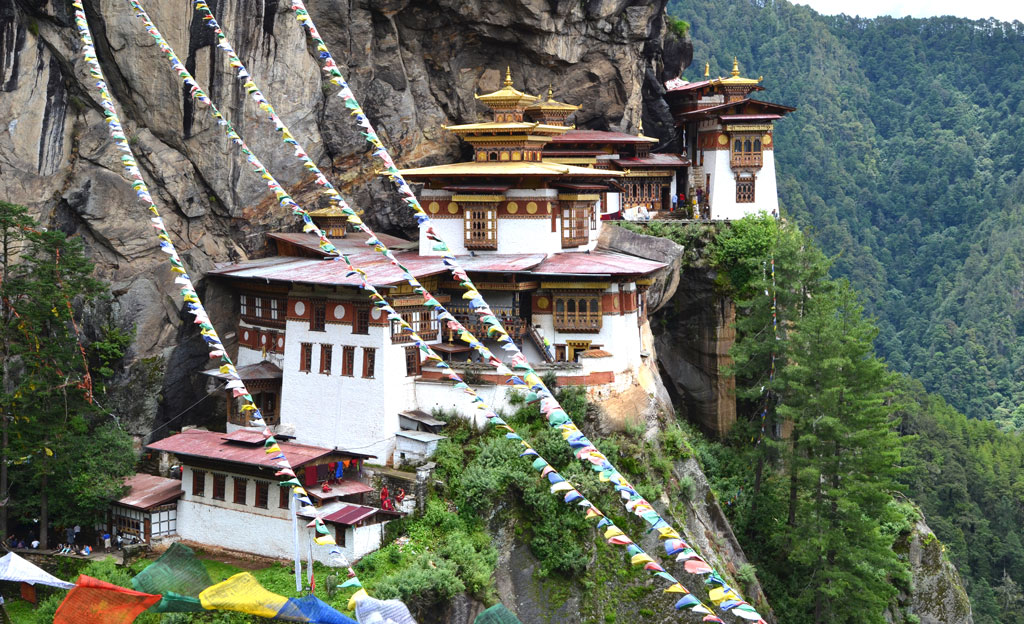
Bhutan
April in Bhutan means crystal-clear skies and spectacular views of the Himalayas. Wildflowers start to push their way through meadows in thriving valleys. The incredible landscapes combined with cooler temperatures make trekking at this time of year even more pleasant.
With Bhutan nestled in the Himalayas, there is always an opportunity to get moving uphill, especially to see some of its impressive monasteries. Many of these date back centuries, like the legendary Tiger’s Nest or Taktsang Monastery. This couldn’t be a better time to experience Bhutan’s ancient Buddhist heritage and take in the breathtaking beauty of its cascading mountains on our Land of the Thunder Dragon tour.
May
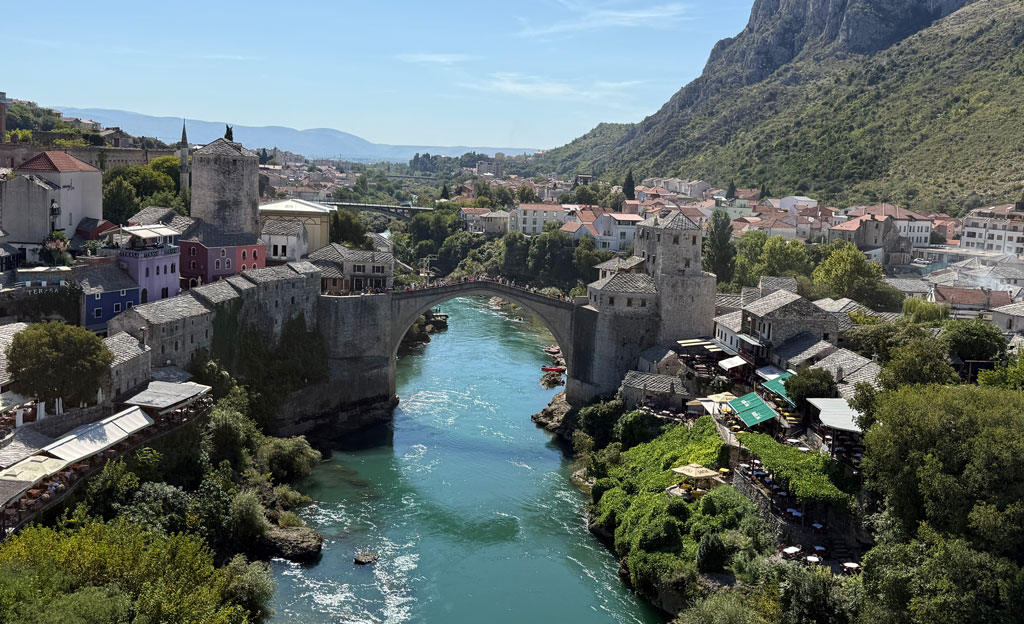
The Balkans
May is one of the most rewarding times to visit the Balkans, when the region bursts into life. Enjoy warm weather, vibrant landscapes, and lively street music, especially in cities like Belgrade. Spring brings fresh life and colour to the landscapes. May’s sun transforms the lakes and waterfalls of Croatia’s Plitvice National Park into a breathtaking spectacle, as they shimmer under its rays.
It’s also an ideal time to explore historic sites from the Ottoman era and beyond without the summer crowds. The Balkans are filled with history from former conquerors and empires, and dotted with stunning mountains and lakes and glaciers, with some of Europe’s best scenery. Scattered throughout the region are countless ancient monasteries, many situated on hilltops with views over tranquil grasslands and villages, or tucked away behind striking mountain landscapes.
Our Highlights of the Balkans tour takes you on a journey to explore the region’s best historical sites and local culture.
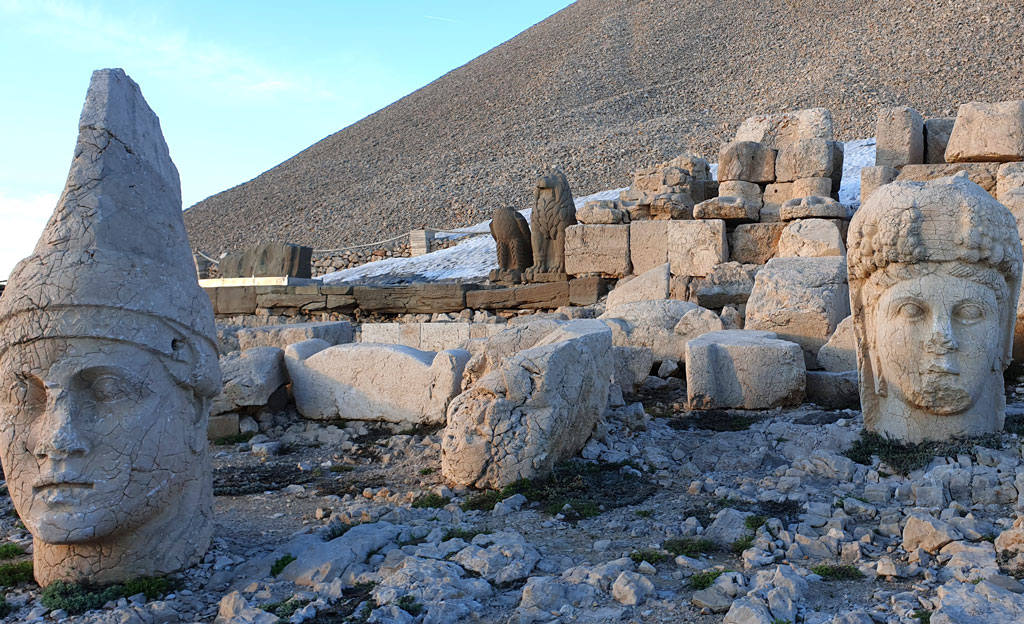
Turkey
Eastern Turkey offers an ancient cultural experience like nowhere else, with a bewildering array of sites spanning several millennia and civilisations. The weather is pleasantly mild, perfect for exploring historic treasures like the ancient tombs of Urartian kings at Van Castle and the stunning Roman mosaics in Gaziantep without jostling for position amongst too many others.
You can wander the breathtaking landscape around crystal-clear lakes like Ataturk and Van, with wildflowers in full bloom. May is ideal for hiking in the mountains, staying in charming village guesthouses and savouring authentic local cuisine. The temperate climate makes visiting the eerie medieval ruins of Ani, the bustling bazaars of Kars, and the coastal beauty of the Black Sea especially enjoyable.
Our Taste of Eastern Turkey tour that reveals the true essence of the country’s untamed east, blending rich history, stunning natural scenery, and vibrant local life in perfect harmony.
June
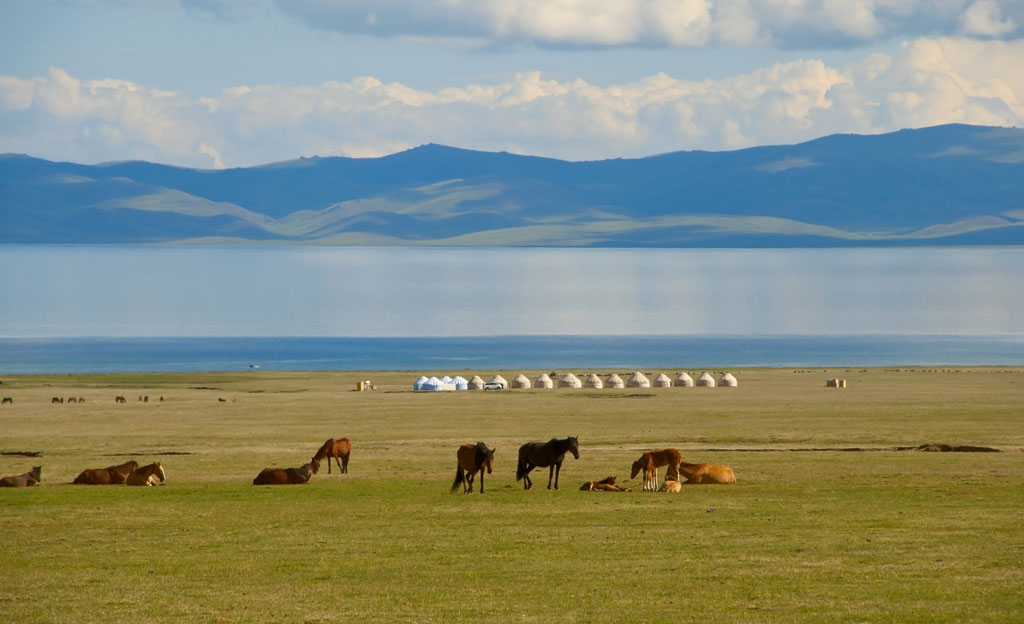
Tajikistan and Kyrgyzstan
The Pamir Highway is one of the world’s great road journeys, weaving its way through jagged mountains and starkly beautiful landscapes. It’s not one to attempt in winter, though, when snow closes many roads, and ice and rain make this a challenge best avoided. By June, the snows have melted, making it feasible to travel this iconic route to discover ancient Silk Road fortresses, Buddhist relics, and local traditions on our Pamir Highway tour.
The Pamir Highway passes by ancient ruby mines, canyons and lakes, which at this time of the year look truly spectacular, released from the ice of winter. We visit remote villages where we are welcomed as guests, allowing us to see life beyond the road and get a feel for the customs that still hold sway in some of Central Asia’s most remote regions. As the temperatures rise, Kyrgyz nomads take advantage of good grazing at Son Kul Lake and travel there to set up their home for the summer months.
From snowcapped mountains to alpine lakes, this is a truly unforgettable expedition through two of Asia’s most enigmatic and scenic countries.
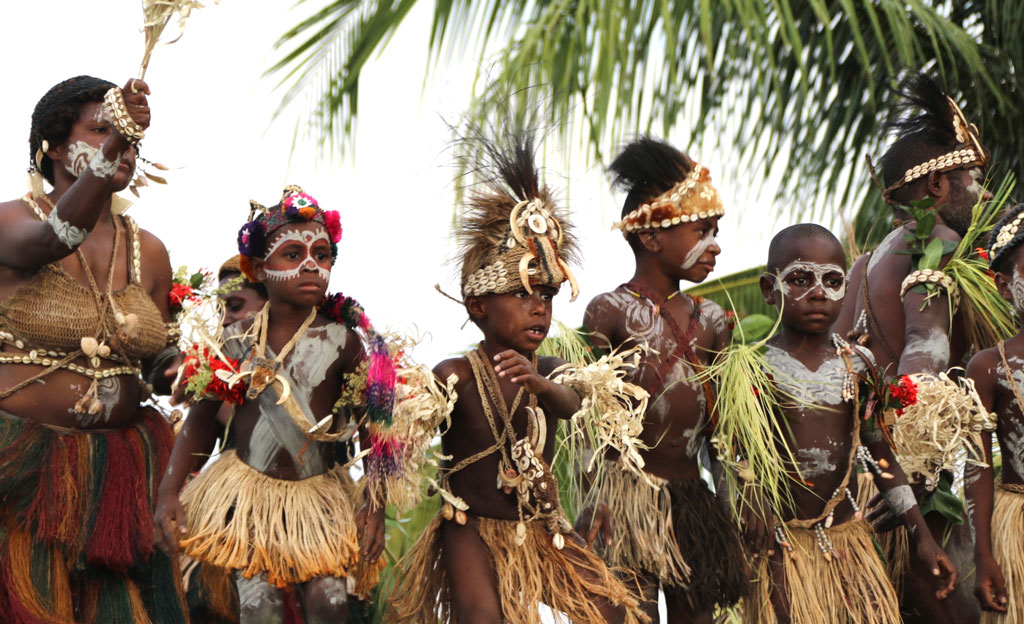
Papua New Guinea
June is one of the best times to explore the cultural and natural wonders of Papua New Guinea (PNG). The dry season brings clearer skies and easier travel conditions, making it ideal for venturing into the country’s remote highlands and rainforests. PNG is home to over 800 distinct cultures, and with the festival season starting in June, you can expect villages and tribes to come to life with music, dancing and traditional tribal costumes dating back centuries in this incredibly culturally diverse country.
In the village of Alkena, we experience the captivating Ware Dance, a perfect example of the vibrant costumed dances of PNG. Around 80% of PNG’s population lives in small, tribal village-based communities, which has allowed many of their ancient traditions to thrive through to the present day. Our June tour, Spiritual Heartlands, offers the perfect balance of favourable weather and vibrant cultural experiences in Papua New Guinea.
July
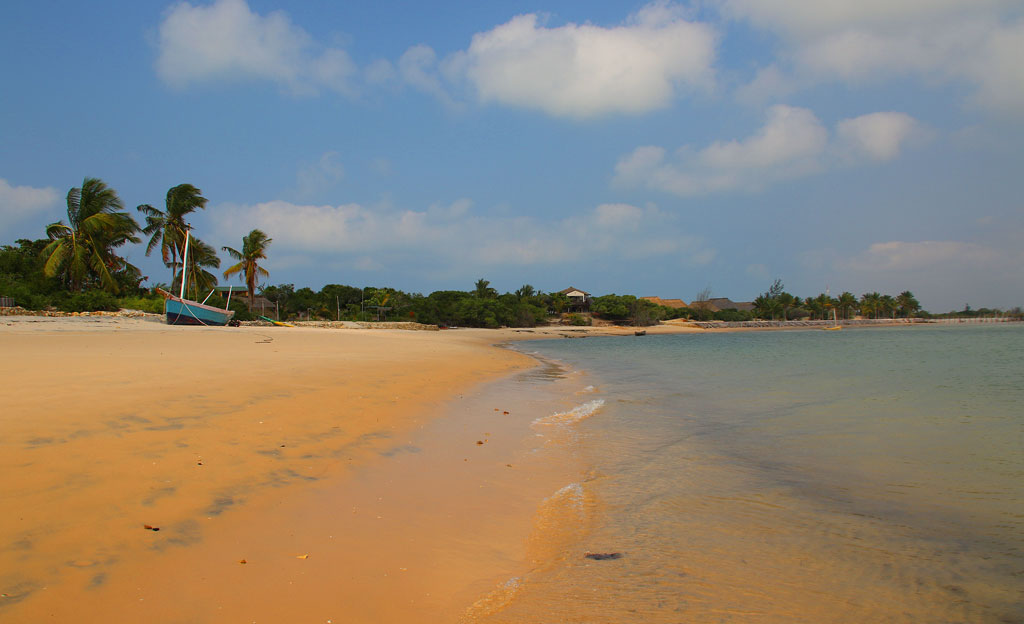
Mozambique
Mozambique in July offers incredible opportunities to spot some of the largest mammals on the planet – the humpback whale. These spectacular animals migrate towards the warmer waters of Mozambique and southern Africa at this time of year and come close enough to shore to be viewed.
Our South Mozambique Explorer group tour includes an excursion to the Bazaruto Archipelago, one of the best places for seeing these giants, as well as dolphins, dugong, turtles and other marine life.
Mozambique can easily be partnered with other countries nearby, like South Africa, Lesotho and Eswatini, which all boast similar climates and amazing wildlife and scenery.
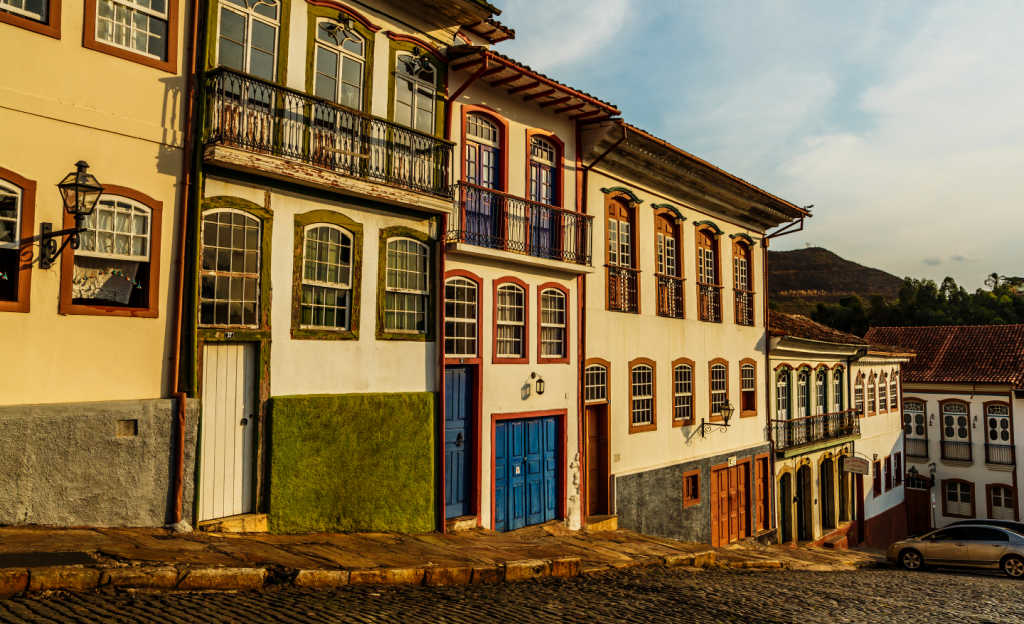
Brazil
The giant of Latin America, Brazil, has just about everything you could look for in a destination, from enigmatic wildlife to vibrant culture, natural beauty and historic cities.
July is a great time for exploring the Amazon, as the dry season makes it more accessible and the birds and mammals are easier to spot. We spend a few days here on our group tour, looking for sloths, uakari monkeys, pink river dolphins and most notably manatees.
Brazil also has an intriguing colonial history, with the Portuguese architecture of towns like Ouro Preto, an utter delight to wander around. And of course, the hillside favelas of Rio are a fascinating contrast to its more developed, glitzy side. You could spend years exploring this country without seeing all it has to offer, but our Brazilian Rhythms group tour aims to show a little of all its different elements – perhaps a prelude to coming back to explore more in depth.
August
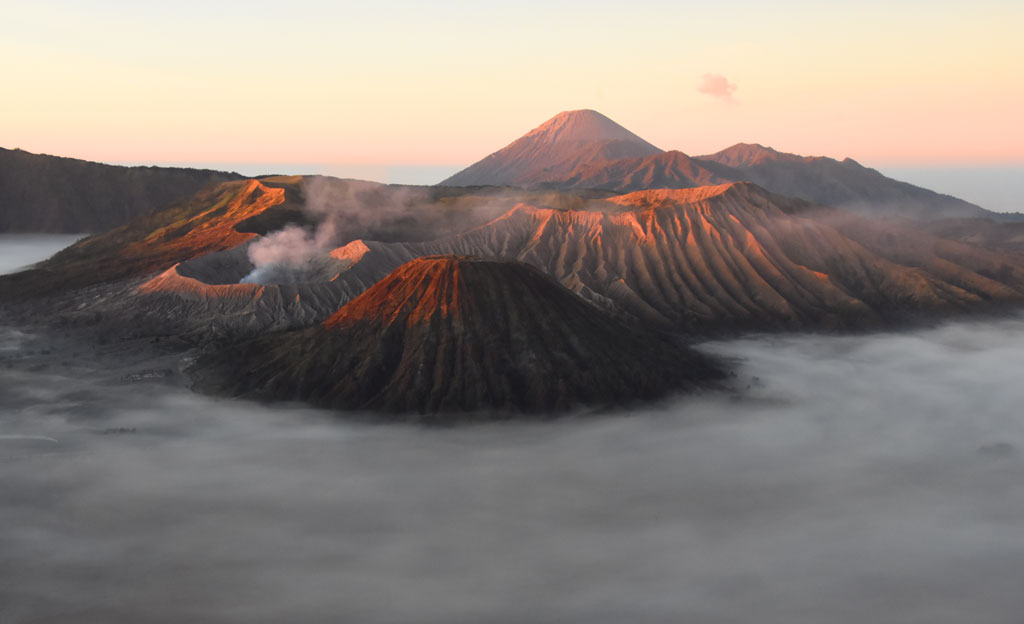
Indonesia
Indonesia boasts a variety of reasons to visit in August. Besides the weather (it’s the dry season here, in contrast to the rest of Southeast Asia), it’s a great time to see Komodo dragons, the world’s largest reptile. August is when the mating season takes place, so you’ll likely see some impressive displays from male dragons.
This time of year also welcomes much calmer, clearer waters perfect for boat excursions and snorkelling.
Our Temples, Dragons and Volcanoes tour visits several of Indonesia’s islands, starting in Java with its incredible temples at Borobudur and Prambanan, and moving on to Sulawesi. Here we discover the ritualistic traditions of Tanah Toraja, where August is the key season for Torajan festivals and funerals, elaborate affairs that showcase the very best of local culture.
We then head to Flores, home to incredible volcanic landscapes and idyllic rice terraces, before the trip culminates with a boat trip to the Komodo Islands.
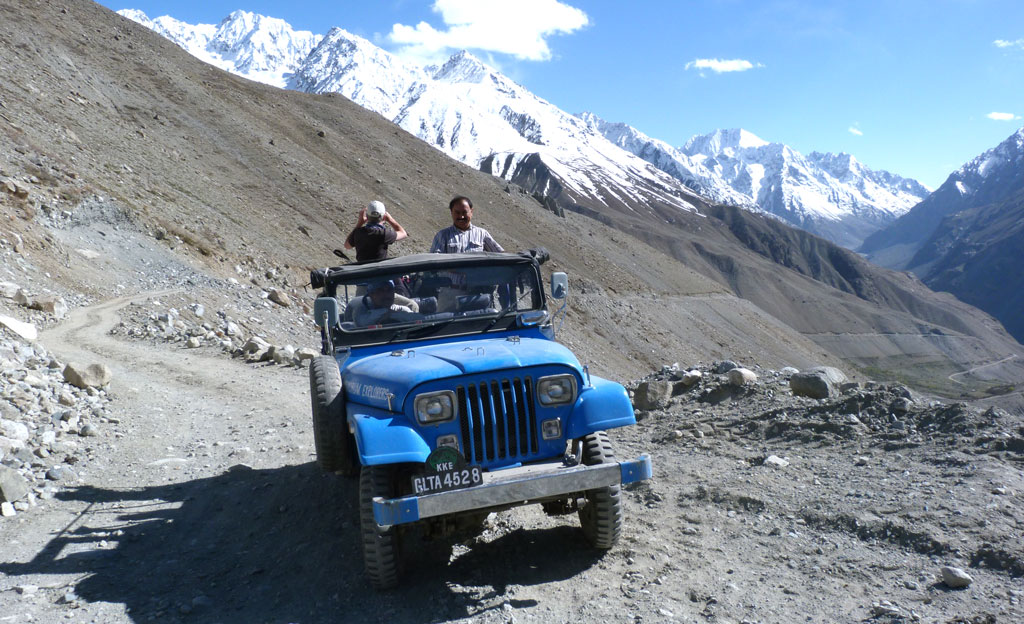
North Pakistan
Summer is, without a doubt, the best time to visit this part of Pakistan. In winter, the roads are covered in snow, making it impossible to access many of the treasures this region has to offer. Despite the milder temperatures, snow still remains on the peaks, many over 7000m, with breathtaking views throughout the journey here.
It’s not only the weather conditions that should entice you into visiting the north of Pakistan in August. The summer festival of the Kalash, Uchal, takes place during this month. The Kalash people are often described as ‘pagans’ and have an incredibly unique social structure, with their community divided into two ‘spheres’. Uchal is when the Kalash celebrate the harvest of wheat and barley and give their thanks to nature, and one of the best times to see their traditions, utterly different from the rest of Pakistan. Find out about our Northern Pakistan Explorer group tour.
September
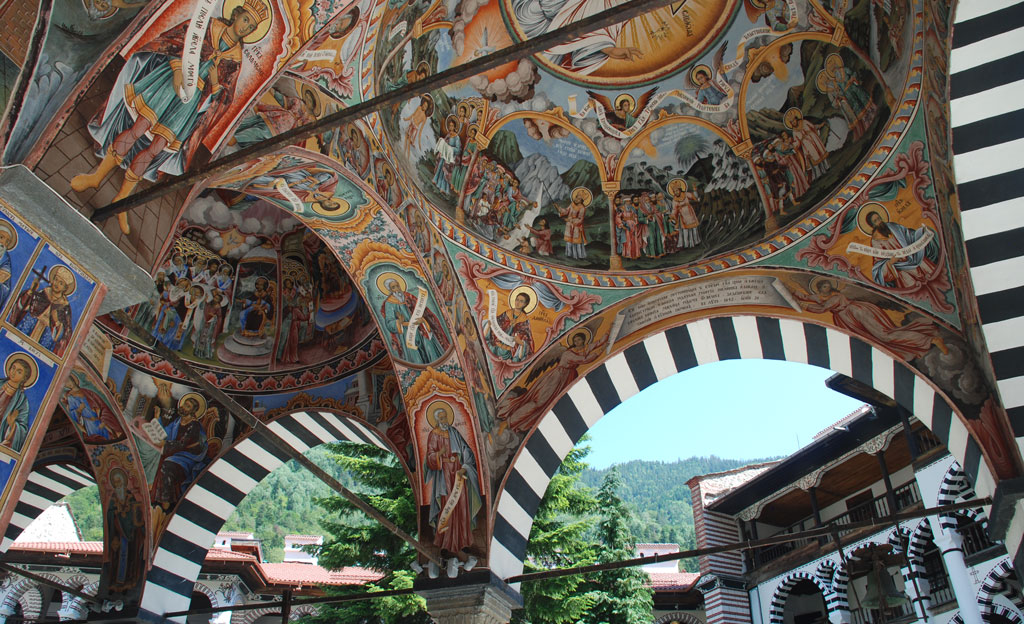
Bulgaria
Bulgaria is a fantastic September destination, offering great weather for scenic mountain hikes and breathtaking views under the warm early autumn sun. September is also the grape harvesting season, when the vineyards are stripped of their fruits, and the process of wine making begins. Bulgaria is home to excellent wines, and we take the opportunity to sample these during our group tour, particularly at Melnik, the country’s wine capital.
Of course, Bulgaria isn’t just about wine. Although far less visited than its southern neighbour, Greece, it’s home to a wealth of ancient sites, from the ‘Thracian tomb’ at Kazanlak to amphitheatres and more, as well as beautifully decorated monasteries, and hidden villages originally settled by those fleeing forced conversion to Islam in the 16th century.
Our Monasteries and Mountains tour pairs perfectly with our From Transylvania to the Danube Delta tour in Romania if you’re looking for an even bigger adventure in this part of Europe. For more on Romania, see our in-depth Why Visit Romania feature.
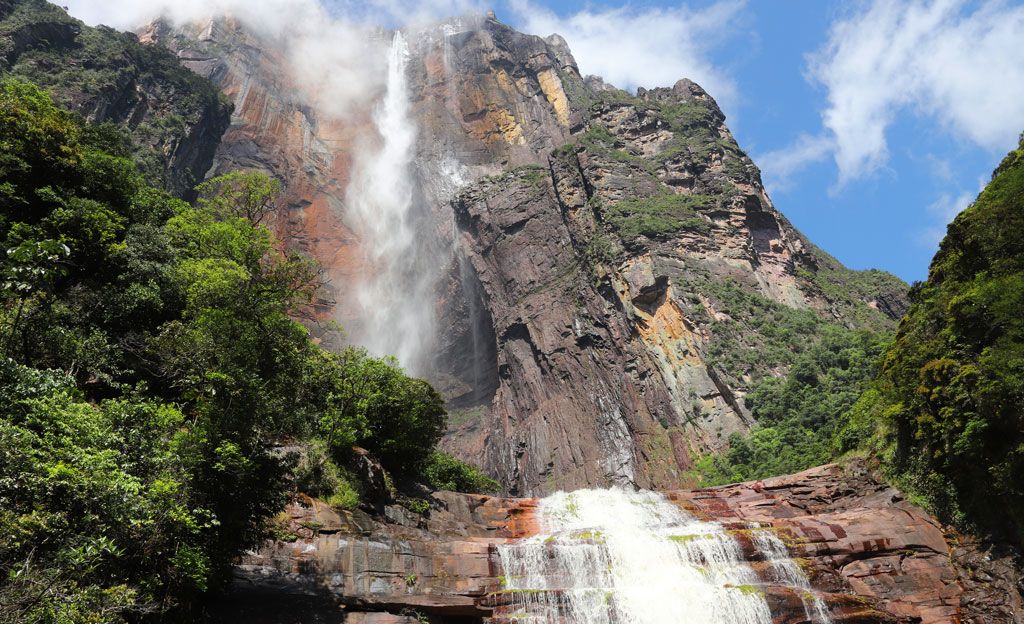
Venezuela
September brings the end of the rainy season in Venezuela, and this is the perfect time to see the world’s highest waterfall at full capacity. The months leading up to September see a massive volume of water fill the Churun River, meaning the Angel Falls displays its most dramatic and powerful flow. On our Venezuela’s Lost World group tour, we see this close up, travelling through the Devil’s Canyon by boat and taking a dip in the lagoon at the base of the falls.
Venezuela is more than just the falls, though, iconic though they may be. The Andes offers the opportunity to explore highland villages and discover traditional cultures, while the wetlands of the Llanos are a wildlife paradise and home to giant river otters, tapir, dolphins and more. Further afield, the Orinoco Delta is home to the Warao people, one of Venezuela’s largest indigenous groups.
October

Mongolia
October in Mongolia heralds the start of the eagle hunting season, as the first snows fall on the steppe and mountains. Mongolia’s Kazakh population practice the ancient tradition of eagle hunting, on horseback, training their golden eagles to catch a variety of mammals, with foxes being a particular favourite due to their fur. In the past, the eagles were even known to hunt wolves. Only female eagles are used as they are larger and supposedly more aggressive than the males.
Eagle hunting has been practiced for around a thousand years and originated in Mongolia itself. On our Mongolia Eagle Adventure, we get to experience these old practices firsthand, staying with local Kazakh families and seeing their customs in depth. This is an immersive cultural experience that is difficult to forget.
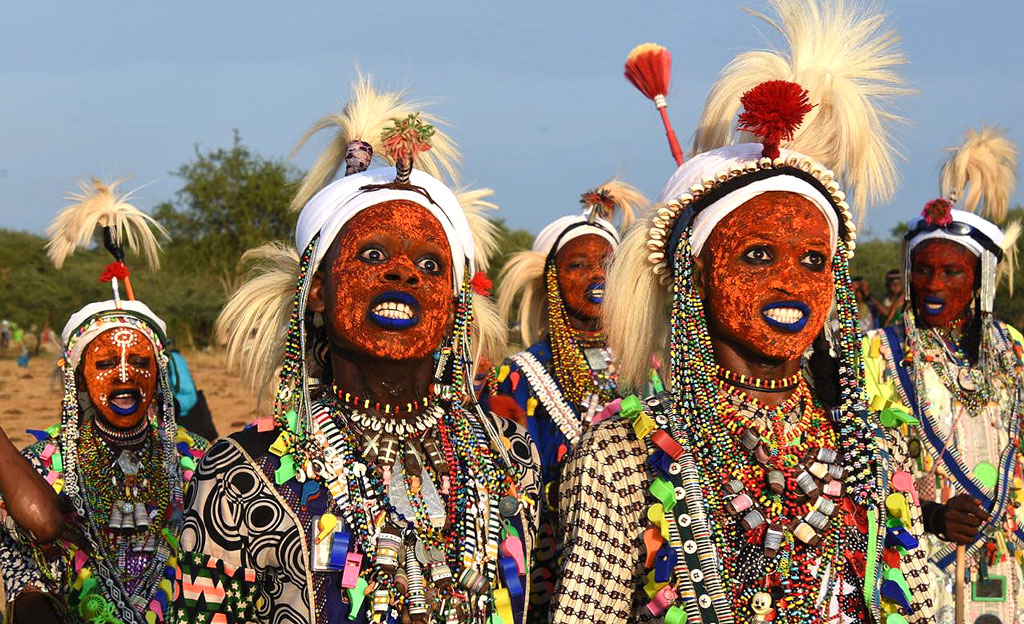
Chad
In October, the Wodaabe clans of Chad hold their annual Gerewol festival. The Gerewol is a celebration that brings scattered groups of Wodaabe to meet once a year, exchanging news and embarking on a series of dances. The purpose of these is for the young Wodaabe men to show off their beauty, with the intention of finding partners.
Here, young Wodaabe men decorate themselves to highlight their height, white teeth and bright eyes, accompanied by dancing, music and colourful outfits to attract potential partners. It could be a partner for life or something more ‘casual’, but there is no stigma attached to this during the festival.
We’ve been running trips to the festival since 2014 and have built excellent local contacts within the Wodaabe clans. This is not a festival set up for tourists but a genuine celebration of Wodaabe customs, and it is a privilege to be welcomed as guests here. Find out more about our very special Gerewol Festival small group tour.
November
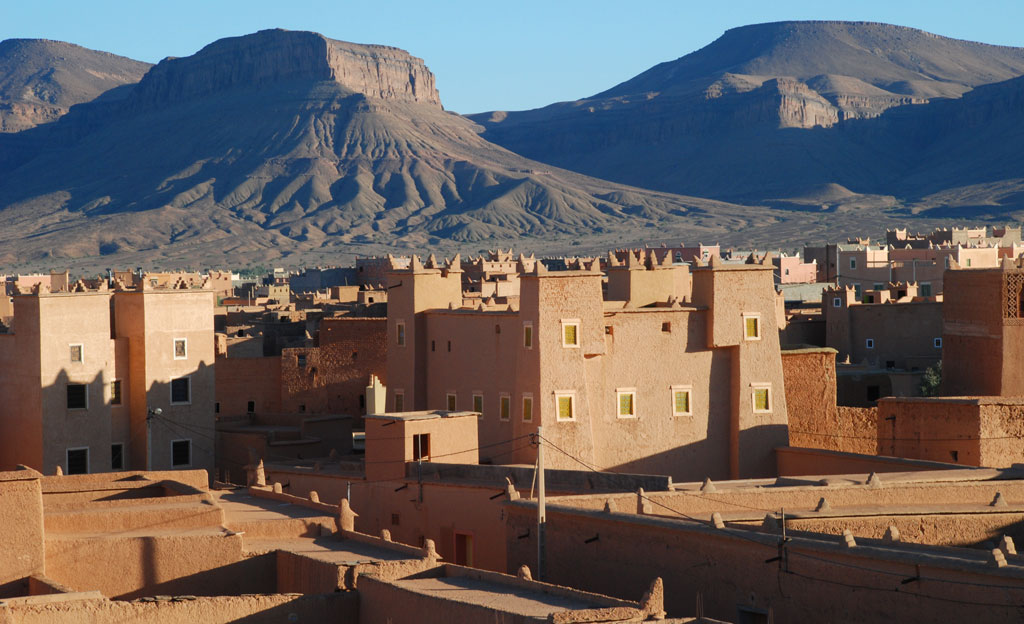
Morocco
This may be outside Morocco’s main tourist season, but November is when the Ait Atta, the last nomadic tribe, make their annual migration. The Ait Atta are fiercely traditional and live well outside the mainstream of Moroccan society – they were the last tribe to be ‘pacified’ by the French colonisation, in the 1930s.
We join them on our Walking with Nomads tour as they move with their livestock over the dry, desolate slopes of the Jebel Saghro range in search of better grazing. This is an immersion into nomadic life, as we walk alongside them and follow their daily rhythms, camping each night and rising with the sun. Spending a week in their company enables us to understand something of the Ait Atta’s customs while they still exist, yet to be subsumed by the modern world.

Ivory Coast
After years of political and social uncertainty, the Ivory Coast is ready to be rediscovered. November is a great time to visit, with music, dances like the bolo or panther dance, and harvest-related celebrations in full swing. Traditional craft markets filled with masks and carvings are everywhere in the Ivory Coast, making it easy to bring some of West Africa home with you.
There are over 60 ethnic groups here, and many of these tribes have kept their traditions in their clothing and ceremonies. One to note is the Baoulé people, who are related to the Ashanti of Ghana, known for their colourful traditional dress.
Another are the Guere people who are famous for their dance of the ‘jongleurs’, an incredibly impressive dance performed by women which involves some daring acrobatic stunts. It is at this time of year that the Ivory Coast really comes to life. Check out Ancient Gods of West Africa for more on our tours to this fascinating and little-visited country.
December
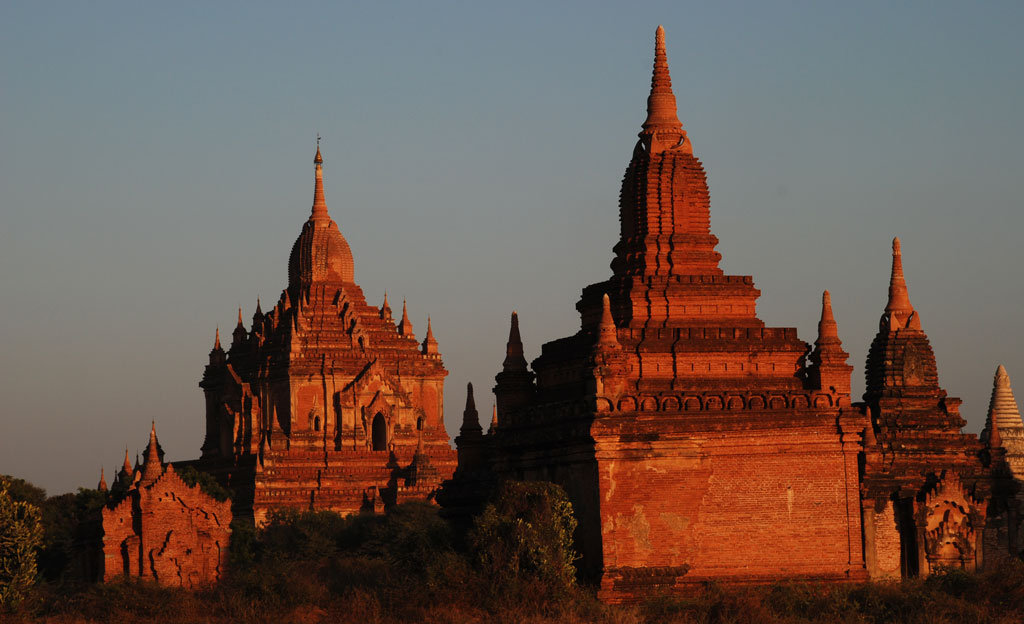
Myanmar
Together with January, December is one of the best times of the year to visit Myanmar. The weather across the region can be stifling, so it’s ideal to visit when the humidity is at its lowest and exploration is more pleasant, particularly when climbing through the spectacular temples of Bagan. Myanmar is known for its relative isolation from the outside world, and here you’ll find a more authentic, less commercialised version of Southeast Asia – as the region was before mass tourism arrived.
As well as numerous shrines, temples and pagodas, Myanmar also offers a more modern cultural experience in the bustling cities like Yangon, with markets and colonial architecture still preserved in this part of Southeast Asia. In rural parts, homestays and meals with local families are common practice for visitors who really want to immerse themselves in the life of local people.
By December, the migratory birds will have made their journey to Inle Lake, with over 20,000 choosing it as a temporary home. The floating gardens and colourful markets help make this lake truly spectacular at this time of year.
If one country in this region isn’t enough, then our Myanmar – The Golden Land tour follows on perfectly from our group tour in Bangladesh.
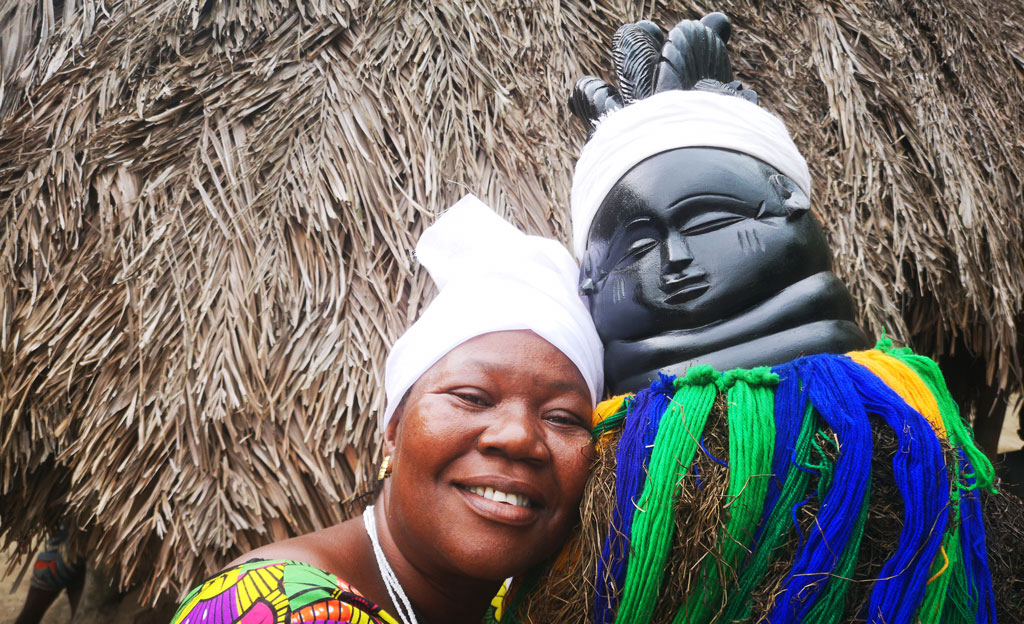
Guinea, Liberia and Sierra Leone
Guinea, Liberia and Sierra Leone are some of the least visited countries in Africa, despite having an abundance of natural beauty. They’re also some of the toughest countries to travel through, particularly in the mountains and forest regions where the rainy season decimates roads each year.
By December, the roads have fully dried, making some of the most interesting regions, the Fouta Djalon, for example, accessible again. This is one of West Africa’s most impressive landscapes, a region of mountains, waterfalls and forest, and the source of the mighty Niger River that ends on the coast of Nigeria.
Our Fouta Djalon and Beyond tour takes you to the highlights of Guinea, to Sierra Leone and Liberia, where we meet diamond miners and traders, see traditional mask dances, and explore fishing villages and relax in the Banana Islands.
These countries are some of the least developed in the world, but that’s all part of the fun. You can also combine these with neighbouring West African countries in our West Africa Odyssey or Bissau to Cotonou tours.
Ready to plan when & where to go in 2026?
As the new year approaches, the world feels full of possibility, from lively festivals and desert journeys to remote archipelagos, ancient kingdoms and little-known cultural celebrations. Whether you are thinking about a single unforgettable trip or planning a longer adventure, our month-by-month guide is designed to inspire and simplify your choices.
If you are ready to explore some of the world’s most intriguing frontiers, do get in touch with our helpful team. We’d love to hear from you. You can ring us on 01473 328546 or use our contact form to get started.


